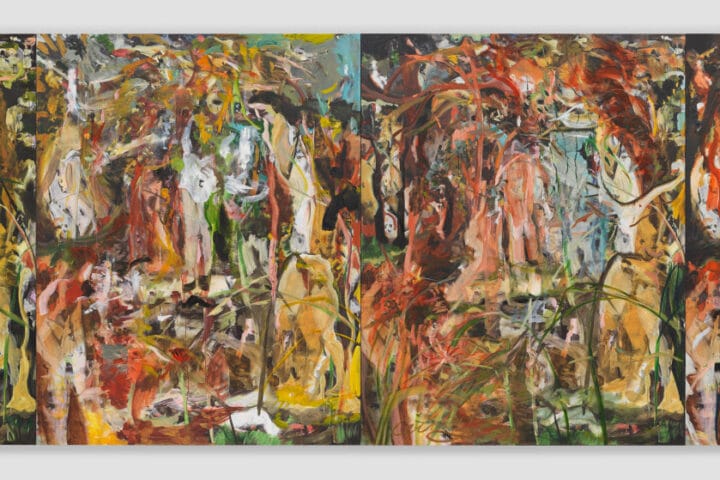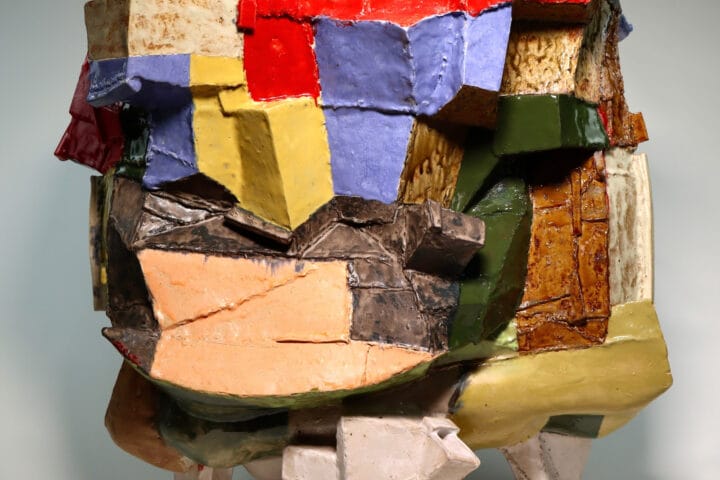To mark the centenary of the birth of the British painter Lucian Freud (1922-2011) the Museo Nacional Thyssen-Bornemisza and the National Gallery in London are presenting a retrospective on the artist and his work. The exhibition, which opens in October 2022 at the National Gallery and in February 2023 in Madrid, features around 50 works that span the seven decades of the career of one of the most important European artists of the 20th century.

Freud’s painting, which was incisive, subversive and on occasions shocking, focused on the representation of the human body and the portrayal of modern man. An assiduous visitor to historic museums, his work reveals a series of allusions to the great masters of the past, from Egyptian art to Ingres, Courbet, Rodin and Cézanne and encompassing Grünewald, Hals, Velázquez, Rembrandt, Daumier, Watteau and Géricault, although that connection with the past coexists with a powerful spirit of independence. Freud’s true abiding interest throughout his work was to present painting on painting – his personal meta-artistic reflection and “the intensification of reality” which he always aspired to achieve.
The exhibition is divided into various sections that offer an approximately chronological survey of the painter’s evolution and subject matter. These are: Becoming Freud, devoted to the artist’s early works which are notably figurative in the face of the prevailing abstract trends of the period; Early portraits, works that already reveal Freud’s desire to capture the essence of his sitters; Intimacy, which focuses on his preference for depicting people from his close circle; Power, portraits of individuals whom he agreed to paint on the basis that they accepted his conditions for working; The Studio, Freud’s creative space which became a subject in his art; and Flesh, featuring the artist’s naked portraits, that reveal his profound observation of the human body and the mortality of flesh.

Oil on canvas. 91 x 91 cm. Museo Nacional Thyssen-Bornemisza, Madrid. © The Lucian Freud Archive. All Rights Reserved 2022 / Bridgeman Images

Oil on canvas. 62,2 x 76,2 cm. Private Collection. © The Lucian Freud Archive. All Rights Reserved 2022 / Bridgeman Images
Thyssen-Bornemisza Museum
P.º del Prado, 8, 28014 Madrid, Spain









